Stay updated with the latest sports news across Cricket, Football, Chess, and more. Catch all the action with real-time live cricket score updates and in-depth coverage of ongoing matches.
From day-night Tests to doing away with runners, how cricket changed this decade
From day-night Tests to free hits for no balls, super overs and concussion substitutes, here's a list of changes international cricket went through during the last decade.
1. Day-night Tests with pink ball
Concerned over dwindling turnouts at Test matches, the day-night format was adopted after 138 years of the format’s existence. The first pink-ball Test was between Australia and New Zealand at the Adelaide Oval on November 27, 2015 and came three years after the International Cricket Council (ICC) gave its assent in 2012. Despite resistance and reservations, India played its first-ever day-night Test against Bangladesh at Eden Gardens in Kolkata in November 2019.
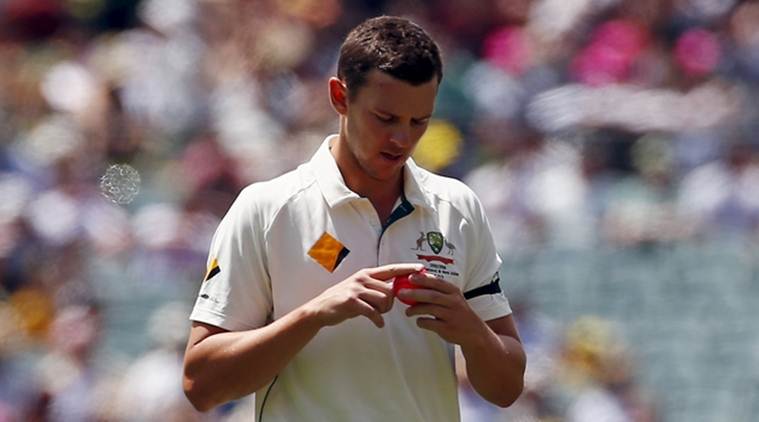 Australia’s Josh Hazlewood shines the pink ball as he prepares to bowl during the first day of the third cricket test match against New Zealand at the Adelaide Oval on November 27, 2015. (REUTERS/David Gray)
Australia’s Josh Hazlewood shines the pink ball as he prepares to bowl during the first day of the third cricket test match against New Zealand at the Adelaide Oval on November 27, 2015. (REUTERS/David Gray)
2 Four-day Tests
In a bid to revive Test cricket, another experiment was the four-day international Test. The first four-day Test was played between South Africa and Zimbabwe from December 26-39, 2017 at St George’s Park in Port Elizabeth. In this format, a minimum of 98 overs are bowled per day, which is eight more than the stipulated number of overs in five-day cricket, and a lead of 150 is enough to enforce follow-on.
 South Africa played Zimbabwe in four-day Test. (Reuters)
South Africa played Zimbabwe in four-day Test. (Reuters)
3 Two new balls from both ends
This drastically changed the ODI format since its introduction in 2011. It was meant to provide the bowlers with something more and bring much-needed balance in the game but instead has helped batsmen. Before 2011, the wear and tear on the ball after 40 overs helped bowlers exploit the conditions and get some reverse swing.
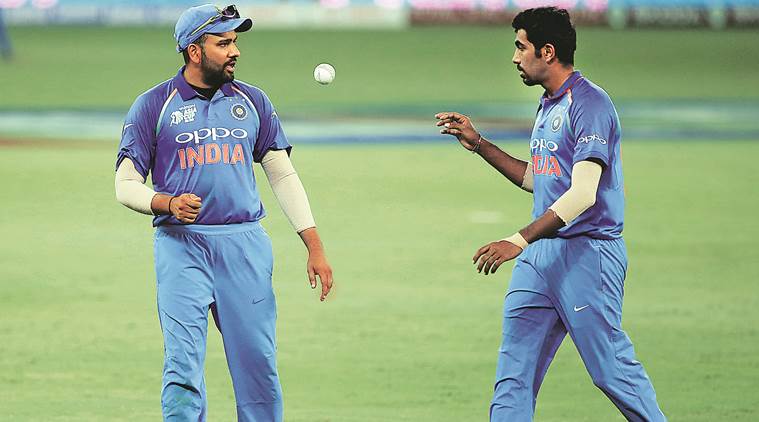 Jasprit Bumrah with Rohit Sharma.
Jasprit Bumrah with Rohit Sharma.
4 Infield restrictions
Earlier, two fielders had to be in catching positions during the powerplay, however, that rule was done away with in 2015. The requirement of posting catching fielders within the 30-yard circle in the first 10 overs has been dropped, and five fielders are allowed outside in the last 10 overs.
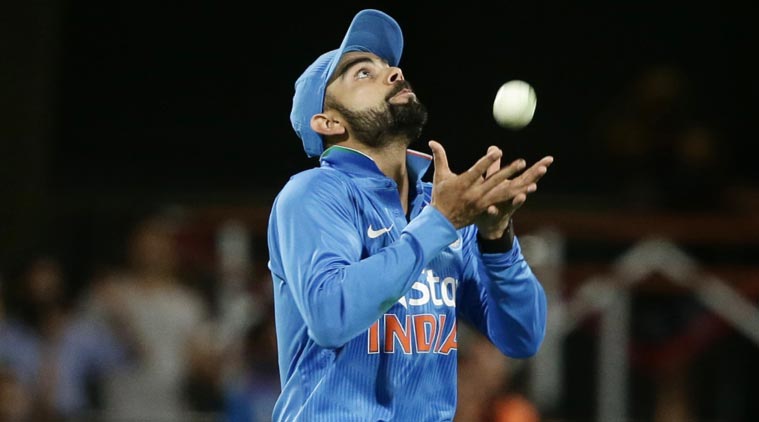 Five fielders are allowed outside in the last 10 overs. (Source: AP)
Five fielders are allowed outside in the last 10 overs. (Source: AP)
5. Free hit
All no balls now result in free hit after changes were made to the rules of one-day internationals and Twenty20s in 2015. Earlier, a free hit was given only bowlers over-stepping the crease conceded a free hit.
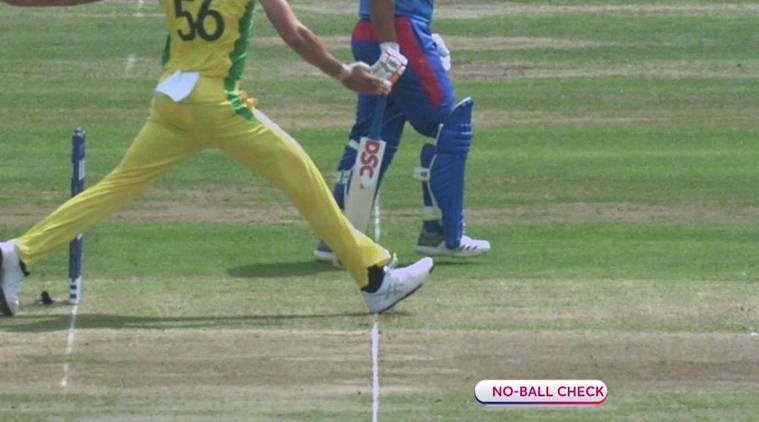 Only over-stepping does not concede a free hit now.
Only over-stepping does not concede a free hit now.
6. Boundary rule
For boundaries, airborne fielders making their first contact with the ball now need to have taken off from inside the boundary, otherwise a boundary is given. A boundary is also given if a fielder in contact with the ball makes contact with any object grounded beyond the boundary, including another fielder.
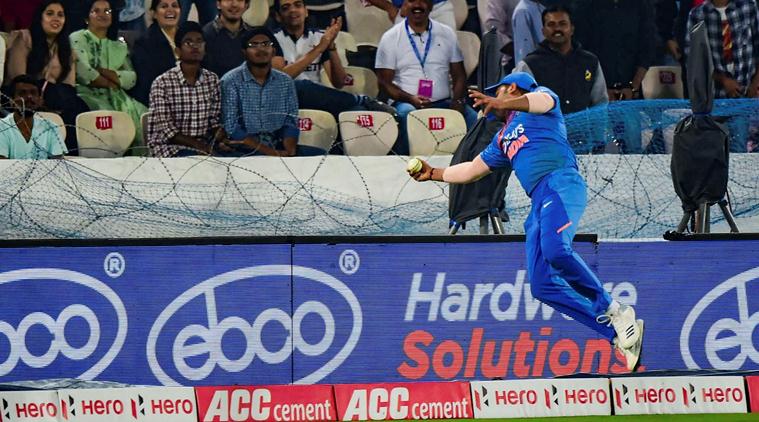 Fielding at the fence has changed now.
Fielding at the fence has changed now.
7. Super Over
England edged past New Zealand on the boundary count to win their maiden World Cup in July 2019. It led to a massive uproar regarding the rule as England were adjudged winners of the World Cup on the basis of their superior boundary count – 22 fours and two sixes – to New Zealand’s 17 after the match ended in a tie after regulation play and Super Over. The ICC has agreed that the use of the Super Over as a way to decide results at ICC events will be retained. In group stages, if the Super Over is tied the match will be tied. In Semi-Finals and Finals, there is one change to the Super Over-regulation in keeping with the basic principle of scoring more runs than the opponent to win, the Super Over will be repeated until one team has more runs than the other.
 England’s Ben Stokes stands on the field after the presentation after winning the Cricket World Cup final (AP Photo/Matt Dunham)
England’s Ben Stokes stands on the field after the presentation after winning the Cricket World Cup final (AP Photo/Matt Dunham)
8 Concussion replacements
Concussion replacements are a relatively novel concept for cricket having been approved in all formats of men’s and women’s international cricket and first-class cricket worldwide by the International Cricket Council (ICC). This came after a two year trial in domestic cricket culminating in the decision for it to be included in ICC playing conditions from 1 August 2019. Soon after, Steve Smith was hit in the neck by a bouncer from Jofra Archer during the first inning of the second Ashes Test at Lords and was replaced by Marnus Labuschagne.
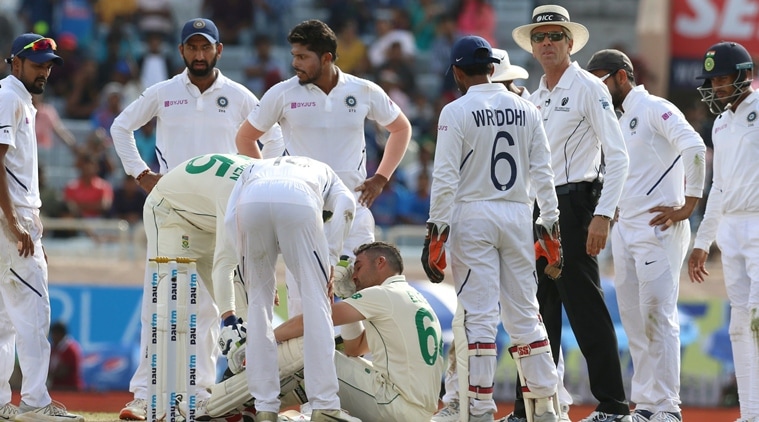 Concussion substitute was also availed by South Africa during Test series against India in November this year.
Concussion substitute was also availed by South Africa during Test series against India in November this year.
9. Runner not allowed
Runners are no longer allowed in international cricket after a number of changes to the playing conditions came into force on 1 October, 2011.Earlier, the use of runners was allowed for an injured batsman or a batsman suffering from cramps.
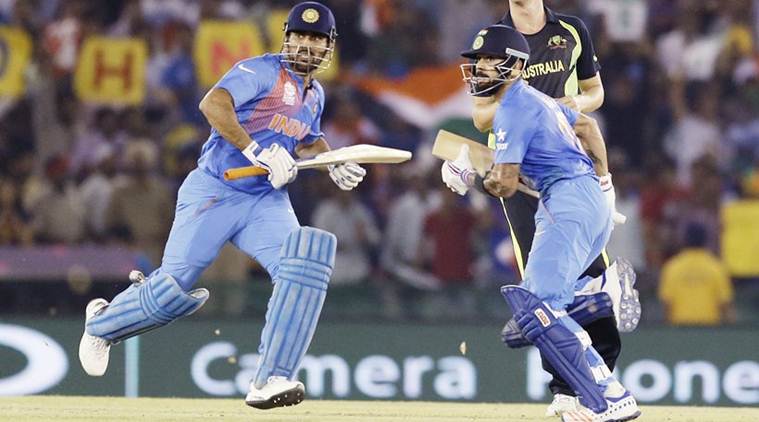
Virat Kohli and MS Dhoni running between the wickets in T20 World Cup 2016 match against Australia (AP file photo)
Also Read|
Best performances by Indian sportspersons in 2019
The End of the Streak to CM Punk’s ‘Pipebomb’: WWE’s groundbreaking moments of this decade
Controversies that rocked cricket in 2019
Ben Stokes’ Headingley heist to Rohit Sharma’s Kolkata Mayhem: 12 innings of the decade


































